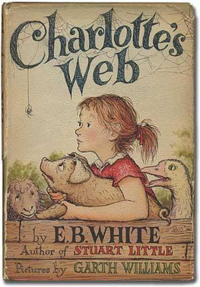Catherine is twelve years old and just wants a normal life. Her brother, David, is autistic, so having a normal life is pretty much impossible. Catherine tries to teach David rules, such as: "Not everything worth keeping has to be useful," and "If you don't have the words you need, borrow someone else's." One day during the summer, Catherine meets Jason- a boy who goes to the same clinic as David, who teaches her so much about herself and what it means to be normal.
After reading this book, I would want my students to look back and discuss the character development throughout the book. I would want them to ask themselves, "How did Catherine change as a person?" and "What influenced this change?" Students could answer these questions on a Glog. Here is the one I created and I would want my students to do. I would also use this book with students who have siblings that are disabled. I feel like it would really shed a light into their lives and hopefully help them deal with the normalcy of life.













